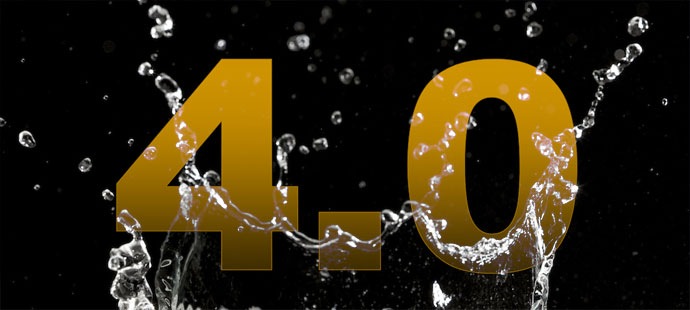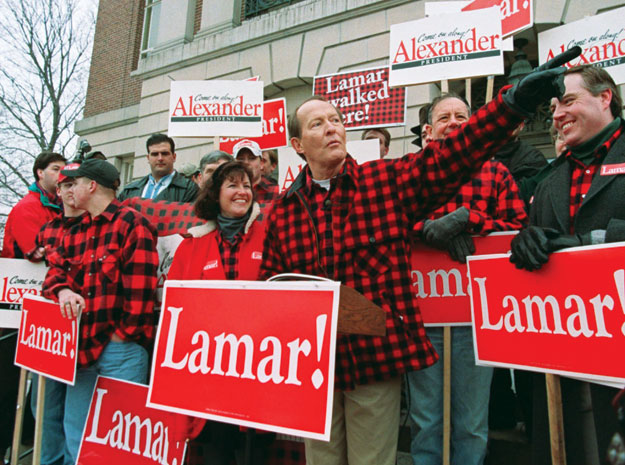We’ve had a couple posts on the curious downplaying by the national media of the abortion doctor Kermit Gosnell’s mass murder trial going on right now in Philadelphia. We’ve noted, among other things, that USA Today is one of the few outlets to have mentioned the story more than once.
Well, today that national newspaper also published an absolutely devastating column — repeat, “column” — by Kirsten Powers. You should read “We’ve forgotten what belongs on Page One” — unless you are trying to remain in your bubble of epistemic closure at all costs:
Infant beheadings. Severed baby feet in jars. A child screaming after it was delivered alive during an abortion procedure. Haven’t heard about these sickening accusations?
It’s not your fault.
Powers lays out some of the details of the case and why they matter for a free society. She ends:
The deafening silence of too much of the media, once a force for justice in America, is a disgrace.
Now, Powers is just one of the latest critics to ask what in the h-e-double-hockey-sticks is going on with this insane lack of national media attention on this trial.
I think many of us are going to continue asking. Just by way of example, I noticed that the Associated Press’ national social issues reporter David Crary hasn’t mentioned the Gosnell trial. Or, at least, I could find no mention of it going back a month or so on his Twitter feed (I recognize the technology here is imperfect so perhaps I missed his stories or his publicizing of colleagues’ stories). So I asked him why.
.@CraryAP: Any reason you’re not tweeting out updates to AP coverage of abortionist Gosnell’s mass murder trial?
I explained to others on Twitter:
.@craryAP is AP “national social issues” reporter. He tweets out local coverage and covers national angles on social issues stories.
Go back a month+ in @craryAP’s twitter feed and there are 0 tweets regarding abortionist Gosnell’s mass murder trial. Why?
.@craryap is prolific tweeter of “social issue” AP stories. But he’s been silent on Gosnell. Is it lack of AP coverage? Or why the blackout?
He hasn’t responded yet, and I’ll be sure to share his explanation when he does.
You can see his Twitter feed here. His favorite stories deal with homosexuality but he also gives some love to abortion-related stories. The most recent one was something about Ireland resident Savita Halappanavar, whose death reporters and other pro-choice activists (if not medical examiners) link to a denial of abortion — don’t confuse that story with the woman who died after a late-term abortion in Maryland recently, a story that also was downplayed and blamed on, by the Washington Post, “childbirth.” Really.
Anyway, perhaps he’ll get around to linking to coverage of one of the most salacious mass-murder trials our country has ever seen.
But this isn’t just about David Crary of the Associated Press. This is about quite a few reporters. And so I have a few other questions, which I posted on Twitter. I haven’t had any of the targeted reporters respond, much less justify, their news decisions, but I’ll keep you updated:
If you are a reporter who covered, say, Fluke getting called a bad name but not the Gosnell trial, can you explain news decision there?
If you are a reporter who covered, say, Komen defunding @ppact but not the Gosnell trial, can you explain news decision there?
If you are a reporter who covered, say, Akin being an idiot but not the Gosnell trial, can you explain news decision there?
And if you were 1 of many journos who gave those stories repeated histrionic coverage and have ignored Gosnell, please explain that, too.
If everyone agrees to stay silent about this abortionist’s trial, the media blackout works. But some folks are speaking out. And they have some very tough questions about what it says about our press corps. For instance:
As the fourth week of the murder trial of Philadelphia abortionist Dr. Kermit Gosnell draws to a close, the media blackout of one of the most hideous stories in modern American history continues.
If your primary sources of news are ABC, CBS, NBC, the New York Times, and the Washington Post, you would be oblivious to the testimony of a clinic employee describing how he witnessed the virtual beheading of at least 100 babies born alive after unsuccessful abortions. Gosnell is alleged to have snipped the necks of the babies with scissors in order to sever their spinal cords. A witness says “blood and fetuses” covered the place. A grand-jury report states babies’ remains were stuffed in bags, cabinets and plastic jugs. Babies’ feet allegedly were stored in jars. Yet the clinic had many “repeat customers” — according to testimony elicited as a defense.
The butchering of 100 babies (at the very least), as far as the mainstream media is concerned, is far less newsworthy than the horrors of opposition research on Ashley Judd. The Times did make perfunctory mention of Gosnell at the commencement of the trial. It ran on page A17. In contrast, the Times ran the Abu Ghraib prisoner-abuse story on the front page . . . for 32 consecutive days.
Apples and oranges, perhaps. But if there were any parity in news coverage by the elite media, reporters would be asking for comment about the Gosnell trial from a representative of the abortion industry, lawmakers would be pressed on a legislative response, and editorials would abound on the need to protect society’s most vulnerable. You know the drill.
Indeed, if there were even a hint of news-coverage parity, reporters would be asking the president to explain his past opposition to legislation that would protect babies born alive after an abortion attempt. Just thirty seconds of his time. Less time than is spent asking your average congressman to rebuke a colleague for making a politically incorrect remark. The press does that all the time — to people they disagree with.
Instead, major media occupy themselves with Halle Berry’s “baby bump.” There are at least 100 murdered babies that deserve at least a fraction of that coverage. A press corps that can’t bring itself to even mention the story is not merely biased, not simply callous. It is sick.
If you wrote a single story, much less a deluge, about Komen, Fluke or Akin — and nothing on Gosnell — please explain. We’re waiting for answers to this journalistic question.
Hide-and-seek is a great game for kids. Less so for journalists. Image via Shutterstock.











